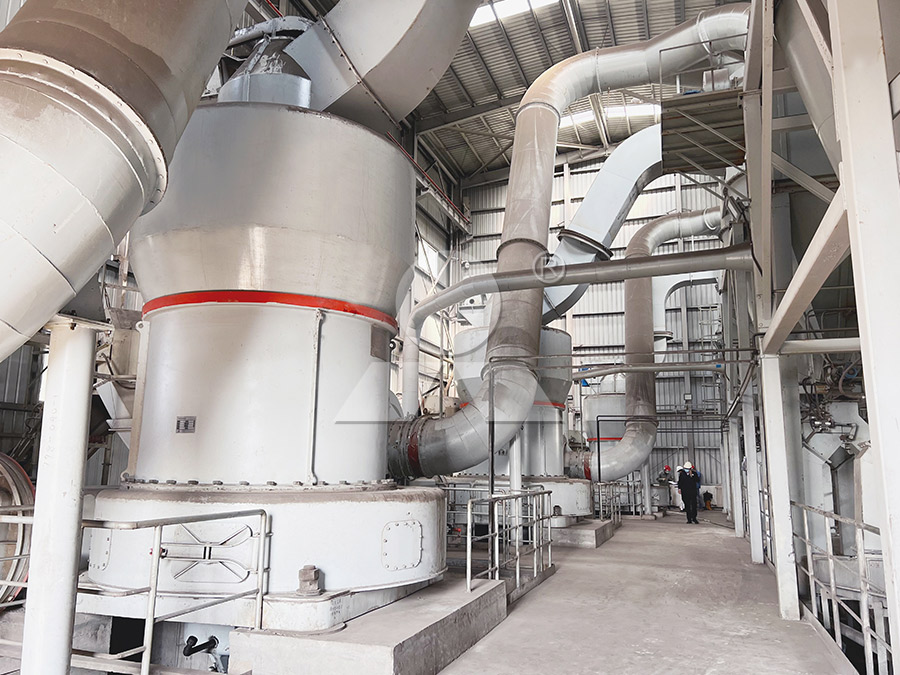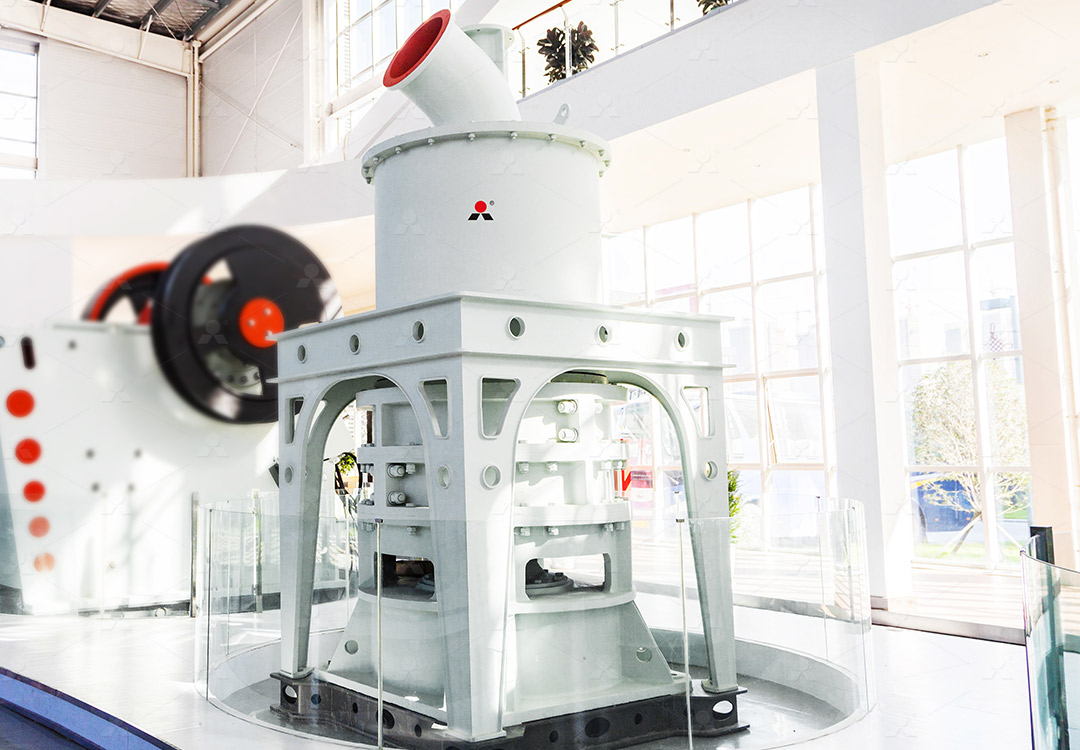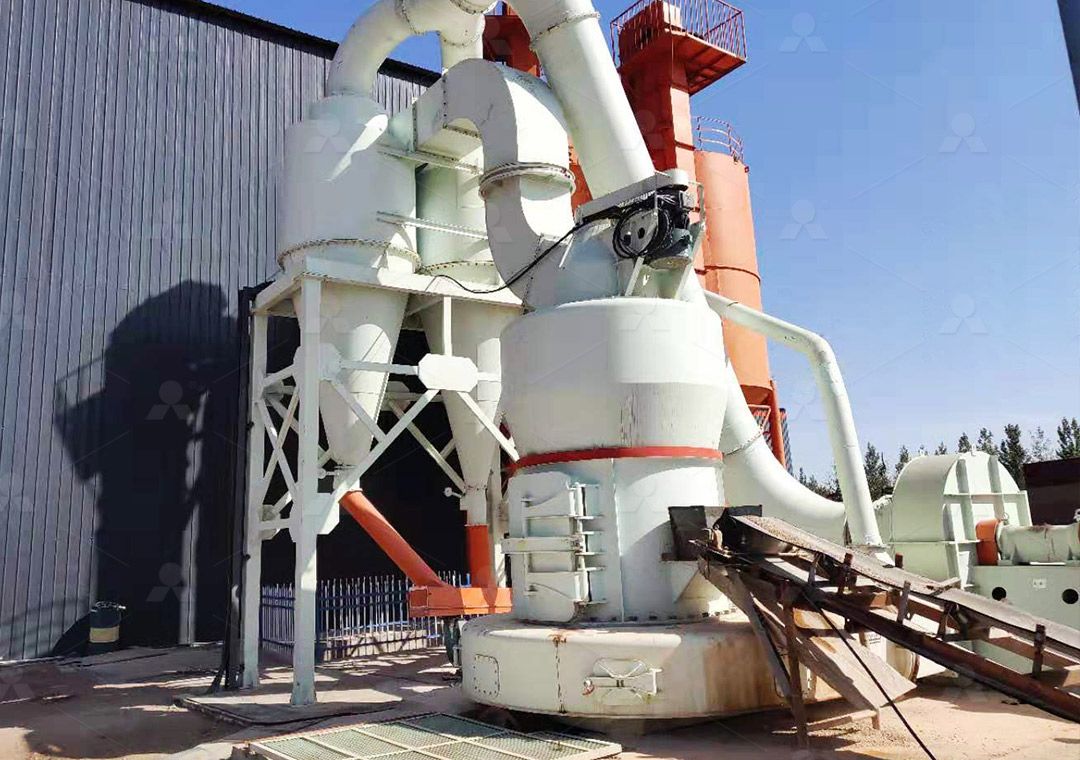Complete Set of Activated Carbon Grinding Production Line Machinery and Equipment
Complete Set of Activated Carbon Grinding Production Line Machinery and Equipment
Activated carbon manufacturing demands precision engineering and specialized grinding solutions to achieve the specific surface area and pore structure required for optimal adsorption performance. A complete production line must integrate multiple components working in harmony to transform raw carbon materials into high-value functional products.

The production process typically begins with raw material preparation, where carbon-rich materials are sized and prepared for thermal activation. Following activation, the grinding phase becomes critical for developing the final product characteristics. Modern grinding systems must balance production efficiency with precise particle size control while maintaining the structural integrity of the activated carbon pores.
Core Grinding Technologies for Activated Carbon Processing
Selecting the appropriate grinding technology depends on multiple factors including raw material characteristics, desired final particle size distribution, production capacity requirements, and energy efficiency targets. Traditional ball mills have served the industry for decades, but recent technological advancements have introduced more efficient solutions.
For ultra-fine grinding applications, the MW Ultrafine Grinding Mill represents a significant technological leap. With an input size capability of 0-20 mm and capacity ranging from 0.5 to 25 tph, this system is engineered specifically for customers requiring ultra-fine powder production. The mill’s innovative design eliminates rolling bearings and screws within the grinding chamber, addressing common failure points in conventional systems. The external lubrication system enables continuous 24-hour operation without shutdowns for maintenance.

The MW series incorporates German cage-type powder selector technology, allowing precise fineness adjustment between 325-2500 meshes with screening rates achieving d97≤5μm in a single pass. This precision is particularly valuable in activated carbon production where pore structure preservation during grinding directly impacts final product performance.
Integrated System Design Considerations
A complete activated carbon grinding line extends beyond the core grinding mill to include material handling, classification, dust collection, and packaging systems. Proper integration ensures smooth material flow while maintaining product quality throughout the process.
Dust control presents particular challenges in activated carbon facilities due to the material’s adsorptive properties and potential combustibility. Modern systems address this through integrated pulse dust collectors and specialized ventilation designs that maintain negative pressure in processing areas. The environmental performance of the MW Ultrafine Grinding Mill is enhanced by its efficient pulse dust collection system and noise reduction features, ensuring compliance with stringent environmental standards.
When higher capacity requirements exist alongside the need for ultra-fine grinding, the LUM Ultrafine Vertical Grinding Mill offers an alternative approach. With capacity ranging from 5-18 tph and input size handling up to 10 mm, this vertical mill configuration integrates grinding, classification, and transportation in a single compact unit. The LUM series incorporates Taiwanese grinding roller technology and German powder separation technology, providing exceptional control over final product characteristics.

Operational Efficiency and Maintenance Strategies
Maximizing equipment uptime requires thoughtful maintenance planning and operational protocols. Modern grinding systems incorporate features that simplify maintenance while reducing total cost of ownership. The reversible structure of the LUM Ultrafine Vertical Grinding Mill, for instance, allows operators to easily remove grinding rollers for inspection and replacement, minimizing downtime during maintenance operations.
Digital monitoring systems provide real-time performance data, enabling predictive maintenance and optimizing grinding parameters based on material characteristics. This digital approach extends to the manufacturing process itself, with numerical control machining ensuring high precision in core components for consistent long-term performance.
Frequently Asked Questions
What is the typical energy consumption for activated carbon grinding systems?
Modern systems like the MW Ultrafine Grinding Mill can reduce energy consumption by up to 40-50% compared to traditional technologies. The exact consumption varies based on material hardness, desired fineness, and system configuration.
How does the grinding process affect activated carbon adsorption capacity?
Proper grinding preserves the microporous structure essential for adsorption. Excessive mechanical stress or heat generation during grinding can damage pores, reducing surface area and adsorption performance. Controlled grinding parameters are critical.
What safety considerations are unique to activated carbon grinding?
Dust explosion risks require comprehensive safety systems including explosion venting, inert gas blanketing, and rigorous housekeeping. Electrical equipment must meet appropriate classification standards for combustible dust environments.
Can the same grinding system process different types of activated carbon?
While systems can typically handle various carbon types, adjustment of grinding parameters may be necessary when switching between materials with different hardness, density, or pore structures to maintain optimal performance.
